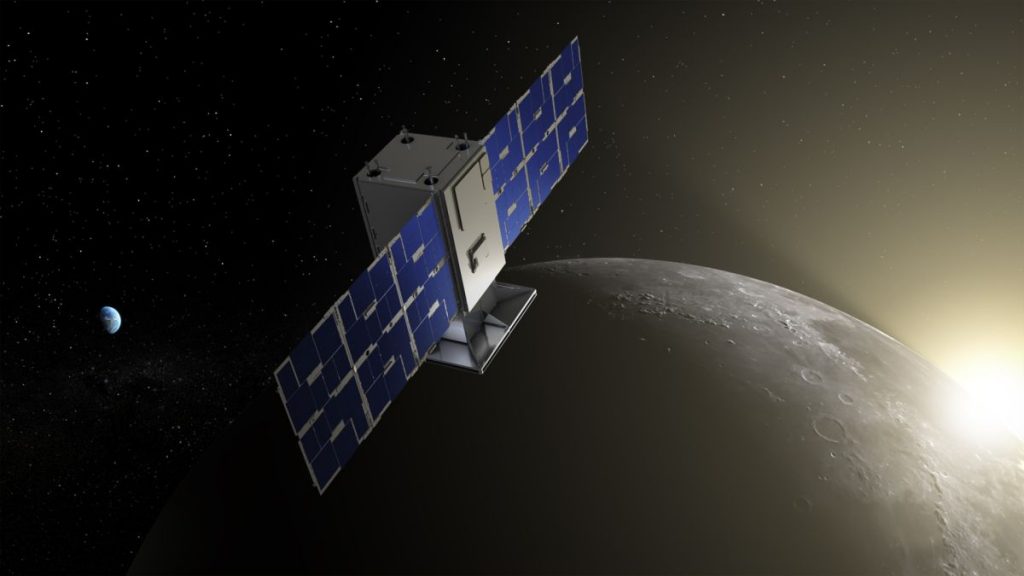CAPSTONE has gone dark.
The 55-pound (25 kilograms) NASA probe ceased communicating with its handlers yesterday (July 4), shortly after it deployed successfully from Rocket Lab’s Photon spacecraft bus and began its long trek to the moon.
“The spacecraft team currently is working to understand the cause and re-establish contact. The team has good trajectory data for the spacecraft based on the first full and second partial ground station pass with the Deep Space Network,” NASA spokesperson Sarah Frazier wrote in an emailed statement today (July 5).
“If needed, the mission has enough fuel to delay the initial post-separation trajectory correction maneuver for several days,” Frazier added. “Additional updates will be provided as soon as possible.”
Related: Why it’ll take NASA’s tiny CAPSTONE probe so long to reach the moon
CAPSTONE (short for “Cislunar Autonomous Positioning System Technology Operations and Navigation Experiment”) launched atop a Rocket Lab Electron booster on June 28 and spent nearly a week in Earth orbit, spiraling farther and farther away from our planet via occasional Photon engine burns.
The mission notched two huge milestones yesterday: The Photon fired its engine for a final time, accelerating CAPSTONE out of Earth orbit and on a path toward the moon. Shortly thereafter, the microwave-oven-sized cubesat successfully separated from the spacecraft bus and began flying freely.
If all goes according to plan, CAPSTONE will take a long, looping route to the moon, finally slipping into a near rectilinear halo orbit around Earth’s natural satellite on Nov. 13. The mission’s main goal is to test the stability of this highly elliptical orbit, which NASA has selected for its Gateway space station, a key piece of the agency’s Artemis program of lunar exploration.
CAPSTONE will also conduct some navigation and communications tests during its time in lunar orbit, the latter trials performed in conjunction with NASA’s Lunar Reconnaissance Orbiter, which has been circling the moon since 2009.
The CAPSTONE team will have to solve the communication problem to turn this vision into reality, however. That team is led by Colorado-based company Advanced Space, which operates the mission under a $20 million contract that NASA awarded in 2019.
Mike Wall is the author of “Out There (opens in new tab)” (Grand Central Publishing, 2018; illustrated by Karl Tate), a book about the search for alien life. Follow him on Twitter @michaeldwall (opens in new tab). Follow us on Twitter @Spacedotcom (opens in new tab) or on Facebook (opens in new tab).

